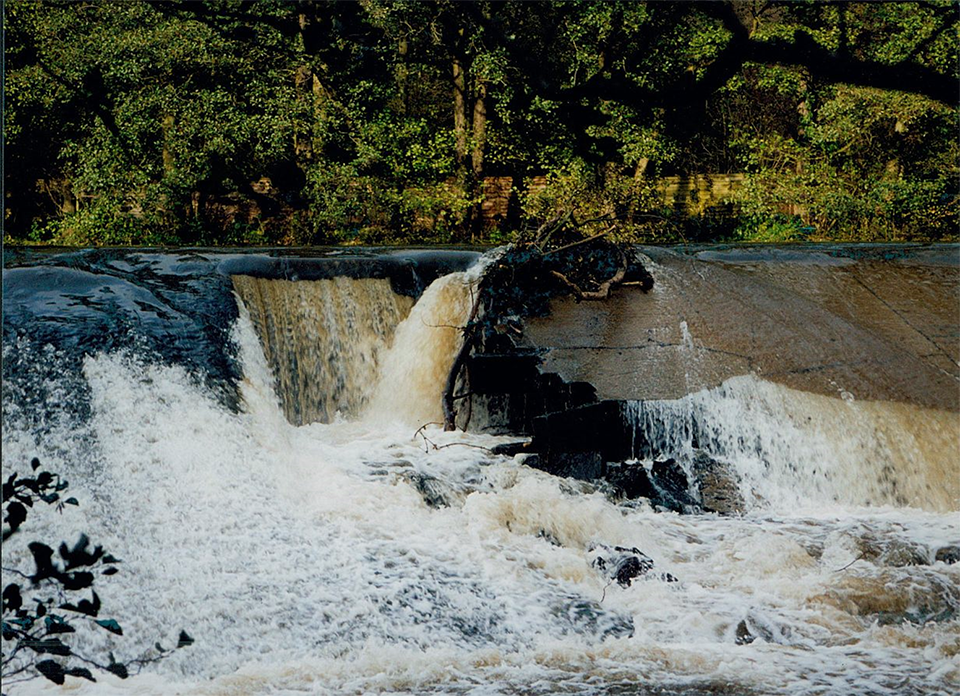Barriers to fish passage removed or mitigated
Our rivers are important for a suite of fish species including bullhead, brook lamprey and brown trout. However, some species are unable to migrate and breed, or populations are disconnected due to artificial barriers such as weirs.
Many of these barriers were installed for fishing or industrial activities. However, many are now redundant and could be removed (opens new window). In places where barriers cannot be removed, mitigations must be carefully designed to ensure that they are effective at moving the target species of that river past the barrier.
# For nature
- Species such as salmon can return to breed in Peak District rivers.
- Allowing fish species full access to our rivers and streams can help restore that natural balance of species.
- Removing or mitigating barriers can help other species move through our waterways.
- Returning fish to watercourses provides food for predatory species such as birds and aquatic mammals.
- Removing weirs can help more natural rapid features develop which can oxygenate the water (opens new window).
# What else can fish passage deliver?
- Income generation through fishing.
- Reduces costs by not needing to artificially stock.
- Removing weirs reduces associated maintenance costs.
- Improves visitor experience for anglers and wildlife enthusiasts who visit areas with greater fish populations and the associated improvements to biodiversity.
- Well-designed fish passage and other mitigation features can still allow the use of barriers, for example for hydro and other schemes.
- Well designed fish passage and other mitigation features can enable migration as well as maintaining important cultural heritage features.
- Mitigation measures can be used for education and research, such as at the Diglis Fish Pass. (opens new window)

# In practice
- Redundant weirs, or those no longer fit for purpose can be removed to allow more natural features to develop.
- Fish ladders can be installed when barriers cannot be removed.
- The design of the fish ladder, including distance between steps and water turbulence, should reflect the target species it has been installed to allow the passage of. For example, fish ladders targeting species capable of leaping could use pool and weir ladders; elsewhere, others such as a vertical slot ladder may be more appropriate.
- Culverts can also be designed to maintain suitable water flow for fish passage.
- Employ ‘check, clean, dry (opens new window)’ biosecurity methods when working in or near watercourses.
- Weir removal, installation of fish ladders and other mitigation measures must be completed following the guidance of, and with permission from, the Environment Agency (opens new window).